The will, the thrill and the skills that it instigates
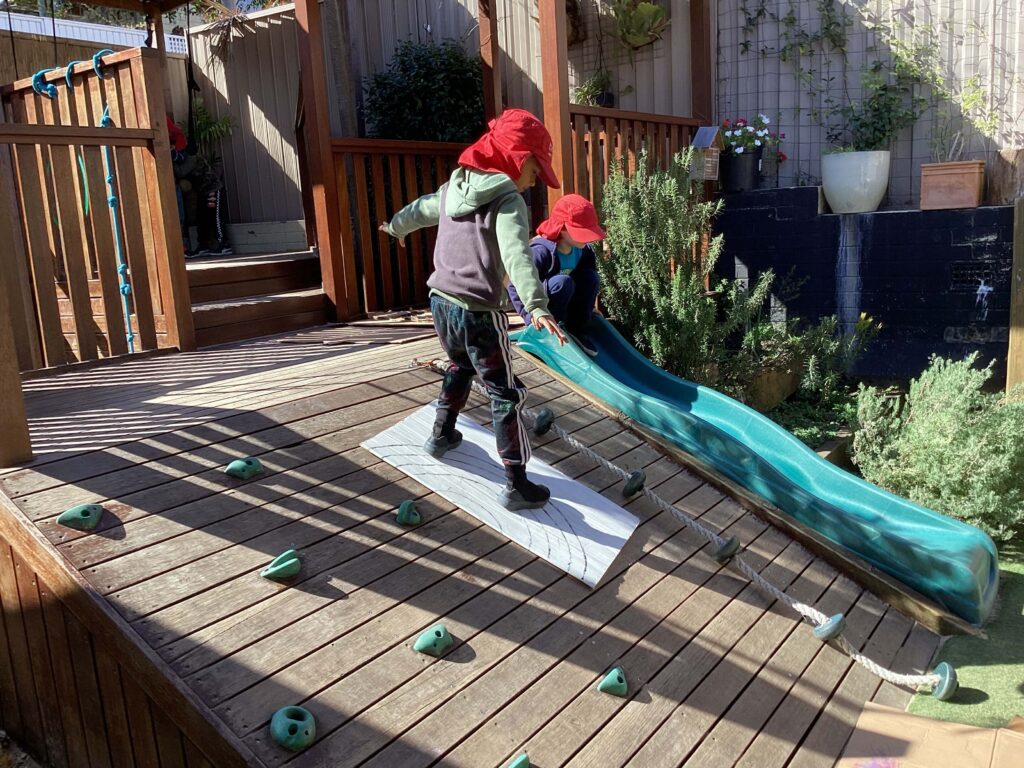
What is risky play?
Risky play can be defined as a thrilling and exciting activity that involves a risk of physical injury and play that provides opportunities for challenge, testing limits, exploring boundaries and learning about injury risk (Sandseter (2007; Little & Wyver, 2008).
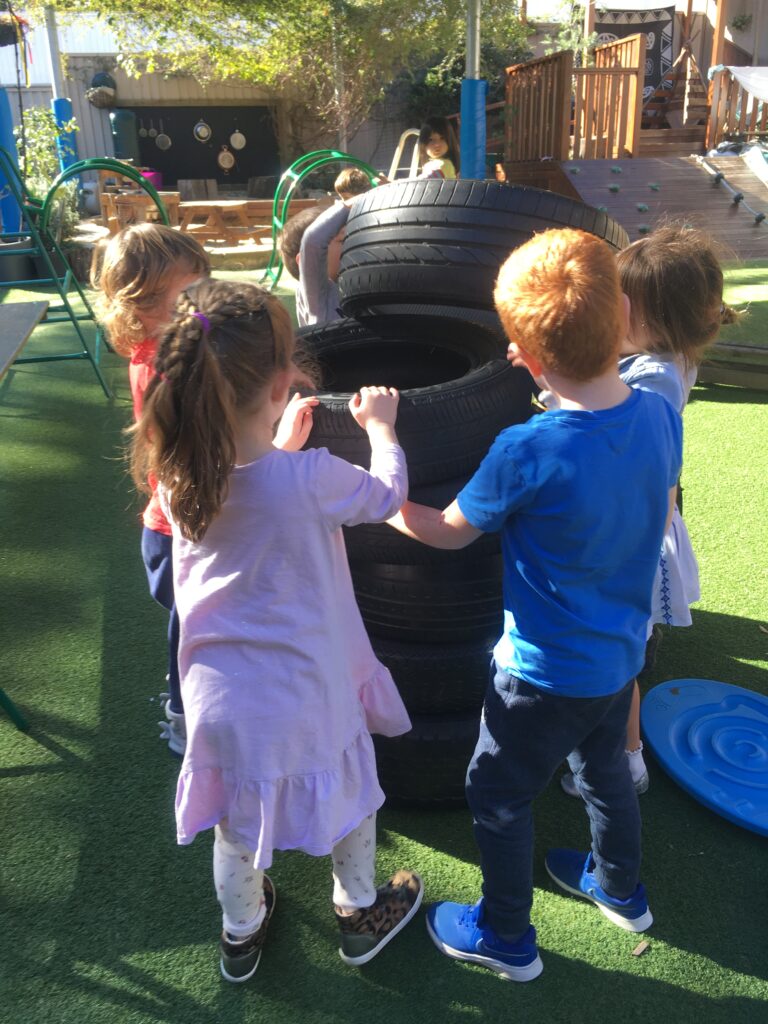

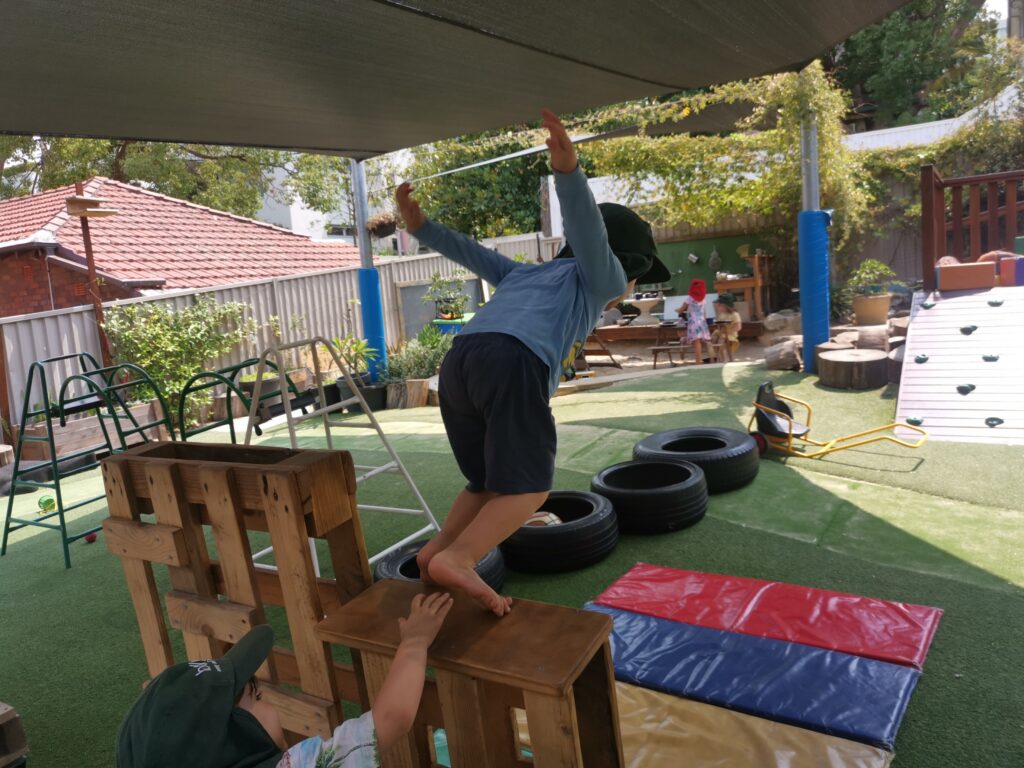
Risky play will encompass a whole range of movements such as: jumping, climbing, skipping, running, spinning, swinging, hanging upside down. These childhood favourites are not just fun but also indispensable in helping children to develop balance, coordination, body awareness and proprioception to move safely and confidently through space.
6 key factors to risky play:
- Play with heights, such as climbing trees or structures
- Play at high speeds, such as a fast game of tag or riding a bike really fast
- Play with tools, such as building a fort or whittling a stick
- Play near elements, such as playing near fire, water, a cliff or something that a child could fall into
- Play with a chance of getting lost, such as wandering the neighbourhood with friends unsupervised, or simply hiding in the bushes for younger kids.
- Rough-and-tumble play, such as “play fighting ”
The will – Instinctive urges

Risky play is an essential part of children’s development. We would not be walking if, as babies, we didn’t dare to stand up. The will to take risks comes from within, it is an instinctive necessity. As such children will naturally seek challenges, take risks and test their limits while progressing in their developmental path, and it is our job to facilitate and allow them to do so…
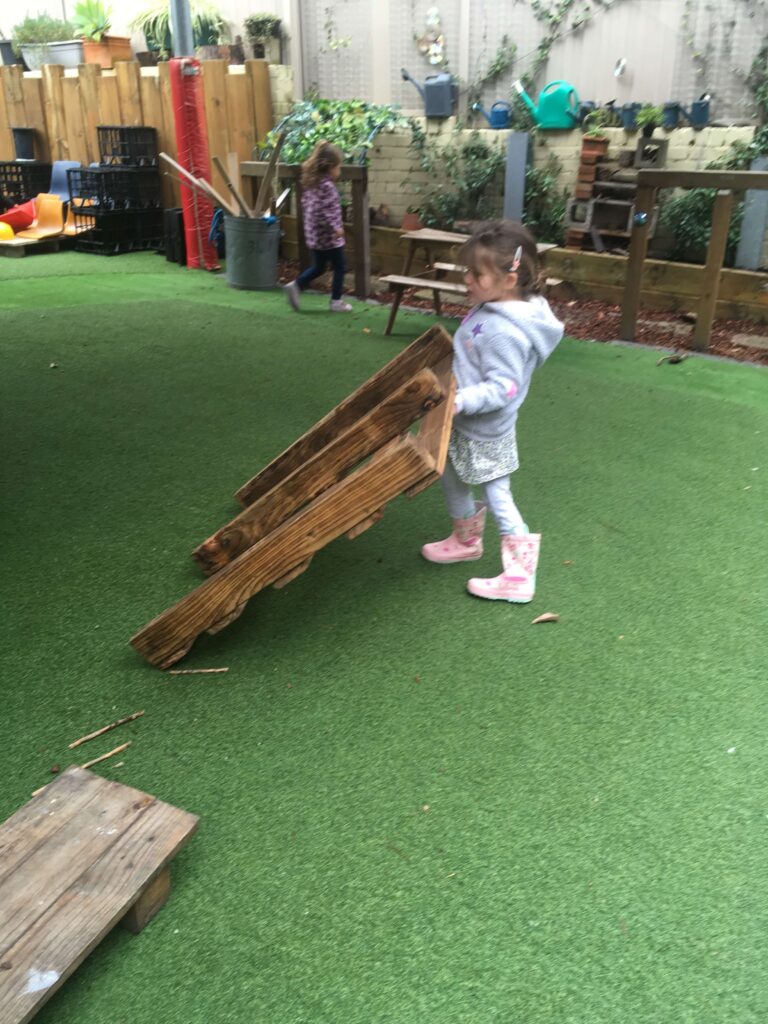
.
The thrill – Exhilarating feelings

As risk play invites children to experience their body under different and more intense circumstances, it brings lots of thrill and excitement to play. It provides children with opportunities to experience the exhilarating feelings of exploring different speeds, conquering new heights, testing their strength and pushing their limits.

The skill- Abilities developed
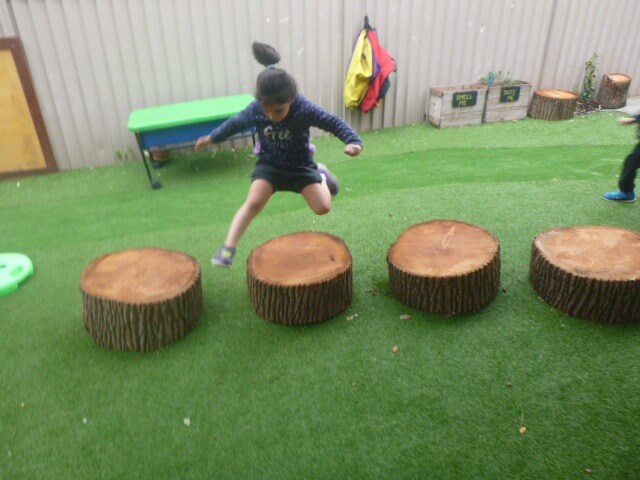
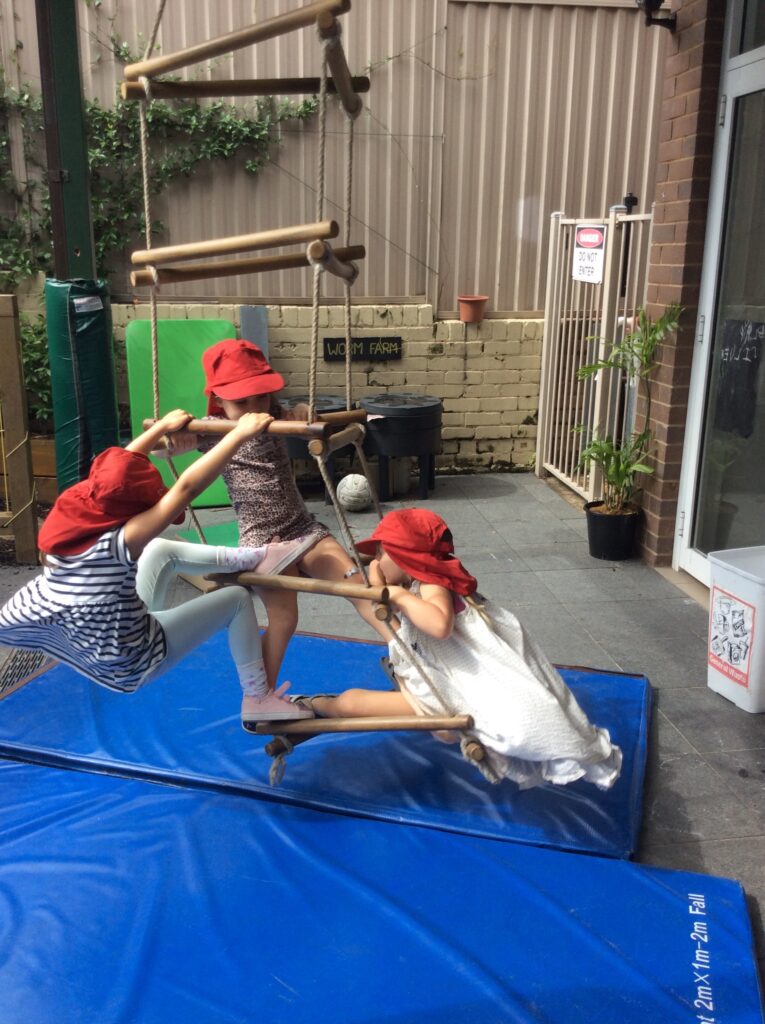
When children are allowed to engage in risky play, they can learn how to approach and manage risks according to their own capabilities. Risk play encourage children to make decisions, solve problems and cope with failure, while they learn how to move in a manner that is safer for themselves and others.
Additionally risky play offers opportunities for children to set self-chosen challenges, push their own boundaries and engage in increasingly complex and more refined movements. Those situations can promote a more resilient disposition to pursuit their goals and develop motivation to try again and again, working out different ways of doing things.
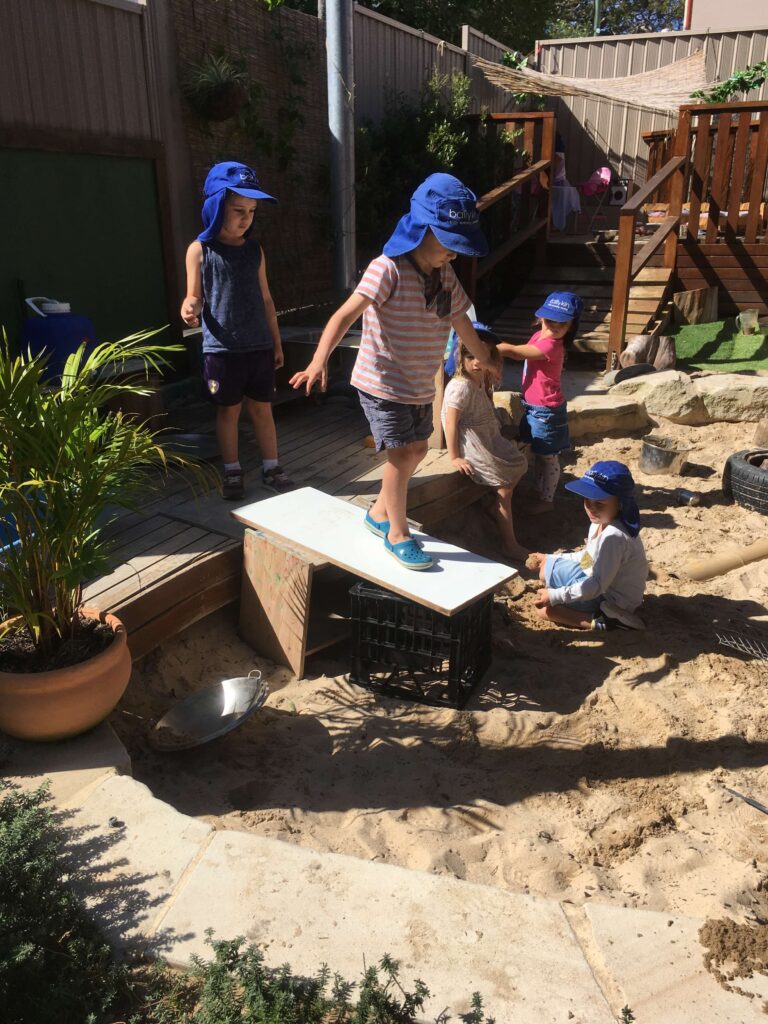
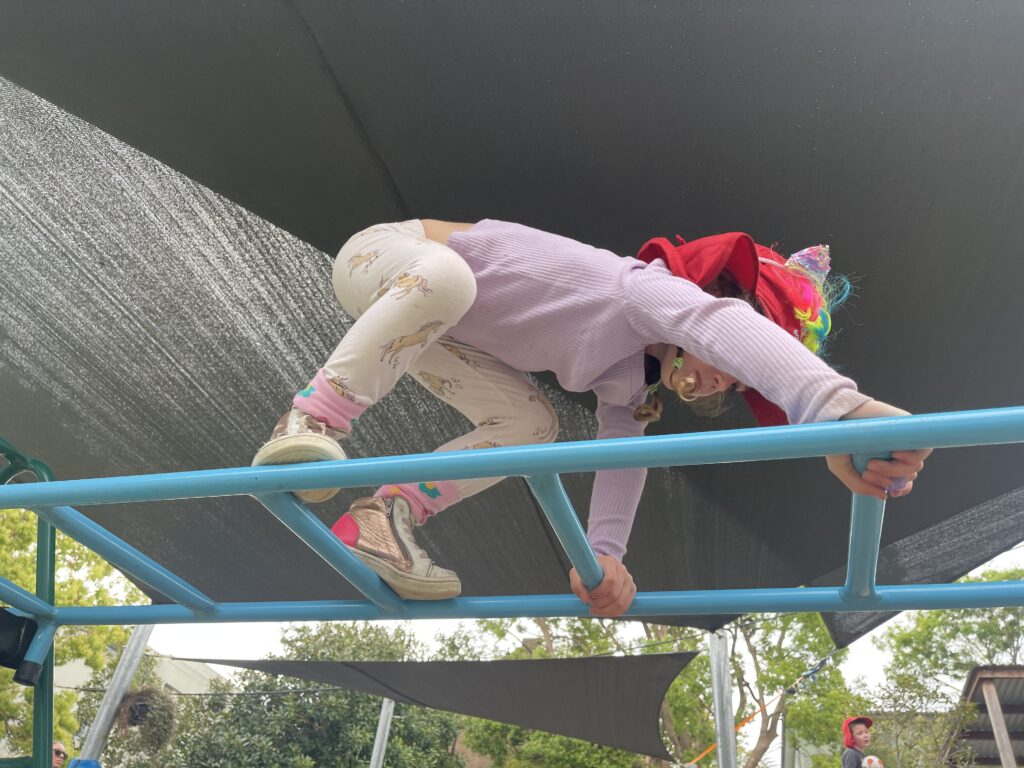
The risk of not letting children to take risks in their play
We live in a risk-averse society that tends to think that by eliminating risk, we can avoid danger. This tendency becomes even more evident by the overprotective behaviour we can see around children. Unfortunately, in the name of this “protection” environments designed for children are increasingly becoming more confined, sterile, paved and restrictive. As a result, play is becoming more limited, controlled, and adult-directed, and children are becoming less independent and capable of assessing and dealing with risks appropriately on their own.
When we try to shield children from every potential danger we limit their opportunities to learn about risk, how to access and how to deal with it effectively. Risk-free environments, instead of protecting children, might leave them more exposed to danger because they take away their opportunity to develop skills to manage it.
It is essential to recognise that eliminating all risks is not the answer to keeping children safe. Instead, our role as educators is to access and remove hazards, keeping the play spaces as safe as necessary, not as safe as possible by taking away risk in play. It’s important to allow children to engage in appropriate risk-taking activities that can promote their development and teach them essential life skills. By doing so, children will learn to become more resilient, confident and capable individuals.
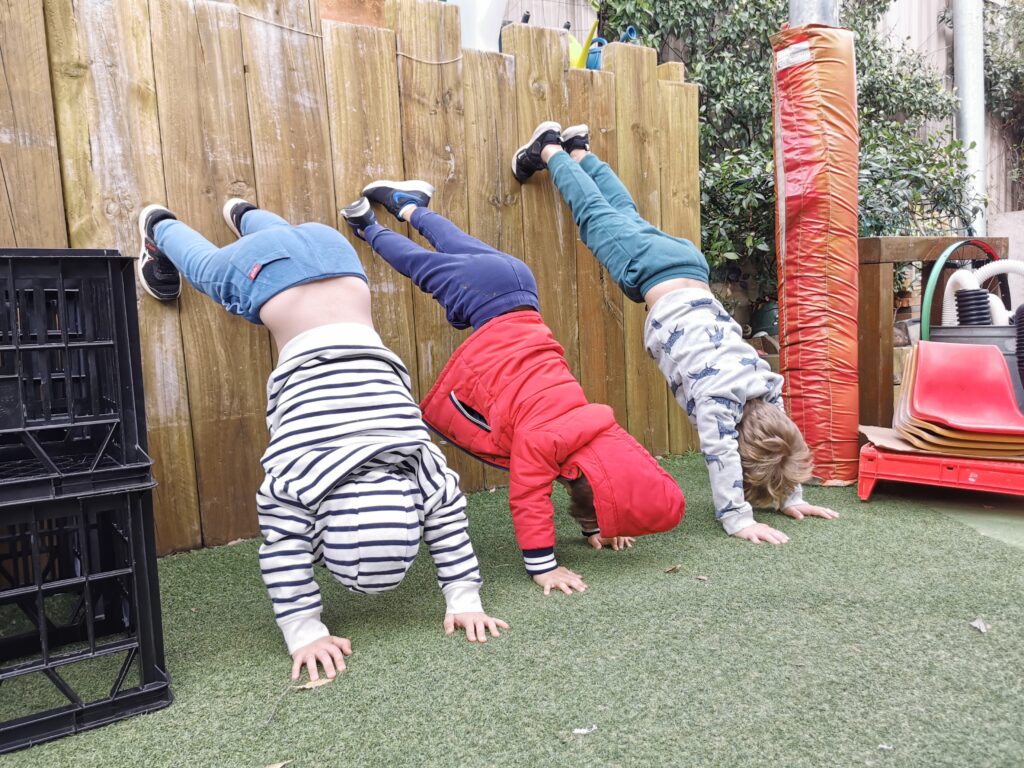
Claire Warden (2011) founder of Nature Kindergartens in Scotland says, “it is important to be hazard-aware, not risk-averse and to employ a sense of perspective when assessing play-based situations”.
How can we help children to manage risk?
- Provide children with opportunities to take risks in their play.
- Provide guidance and help them to access risk.
- Discuss safety with them.
- Provide prompts and tips on how to approach the play safely but let children figure things out by themselves.
- Step back and watch.
- Control our own fears and not let them get in the way.
- Give them time, space and conditions to engage in risky play.
- Remove hazards.
- Trust children’s abilities.
- Offer open ended materials and loose parts that allow children to create their own props and equipments.